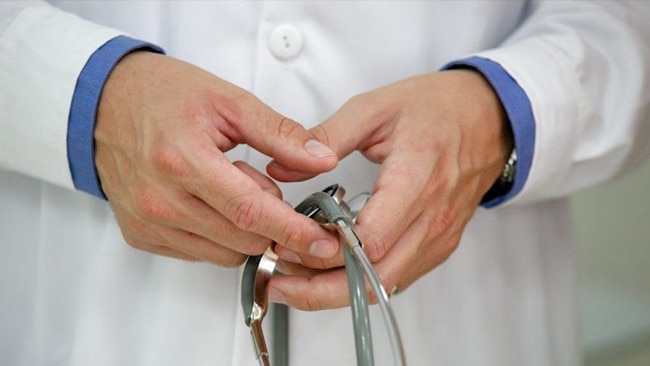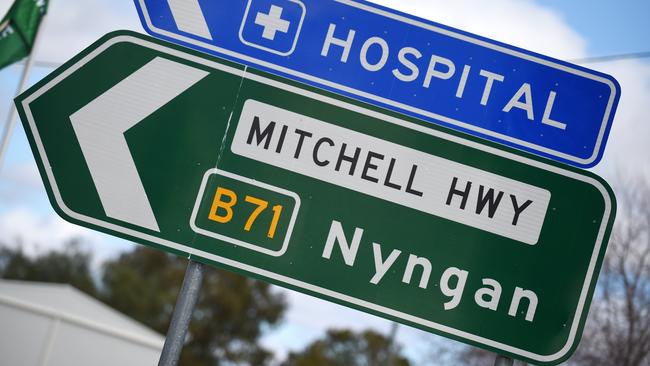National Rural Health Alliance report: Rural practices struggling to remain open
When one rural town faced the loss of its only doctor, the local council stepped in. Advocates say the government must do more.

As the only doctor in the rural NSW town of Nyngan was nearing retirement age six years ago, the local council faced a difficult choice.
Glen Neill, who runs a local earthmoving business along with serving as Bogan Shire Council’s mayor, said the town’s 2200 residents were facing the prospect of travelling more than two hours to the closest regional centre of Dubbo to see a doctor, where health centres were often short-staffed.
After a series of town meetings, the council decided that it had to act.
“We decided we’d have a crack at setting up our own medical centre,” Mr Neill said.
It was a bold move for the council, and one rural communities across the country are increasingly facing as rural practices struggle to keep their doors open, according to a report released on Friday by the National Rural Health Alliance.
“At the end of the day, the health of the community is number one, and everything else falls into line behind that,” Mr Neill said.
While the centre has been “successful”, “it hasn’t been without its challenges,” he said.
Bogan Shire Medical Centre now has about 3000 patients on its books and offers services that weren’t available before, including a visiting psychologist, a physiotherapist and medical imaging.

But to keep it all running, the council has to subsidise about 50 per cent of the centre’s costs.
“I have trouble understanding why the government doesn’t support councils to do more of this,” Mr Neill said.
National Rural Health Alliance chief executive Susi Tegen said the closure of rural medical practices across the country demonstrated the failure of the government’s funding model and the need for more support.
“It is economics 101. When the market fails, that is when you need government to step in.
“You can’t expect communities that have already paid their taxes, that have already contributed to the economy by the industries that work in, that already raise funds for their local hospitals and local services and football clubs … to pay for medical and allied and nursing services,” she said.
“We have a social contract to support these communities.”
The ‘Evidence base for additional investment in rural health in Australia’ report, commissioned by the NRHA and released on Friday, found rural Australians were missing out on nearly $850 of healthcare access each a year, adding up to a total rural health spending deficit of $6.5 billion annually.
The discrepancy came down to rural Australians having less access to services than their city counterparts and paying more for the services that did exist, Ms Tegen said.
“The existing funding models are not fit for purpose,” she said.
48 health organisations that make up the Alliance have called for the government to take up a new strategy and deliver block funding to what it has dubbed Primary care Rural Integrated Multidisciplinary Health Services – local hubs offering services tailored to local communities.
Health Minister Mark Butler said in a statement there was “no higher priority in health for the Albanese Government than rebuilding general practice”.
The minister listed the government’s $6.1 billion investment in Medicare in the 2023-24 budget as key to building and maintaining the GP workforce.
“Our historic investments in Medicare will triple the bulk billing incentive – the largest increase to the incentive in the 40-year history of Medicare,” Mr Butler said.
“This will help over 5 million children and their families, and more than 7 million pensioners and concession card holders to see a bulk billed GP.”





